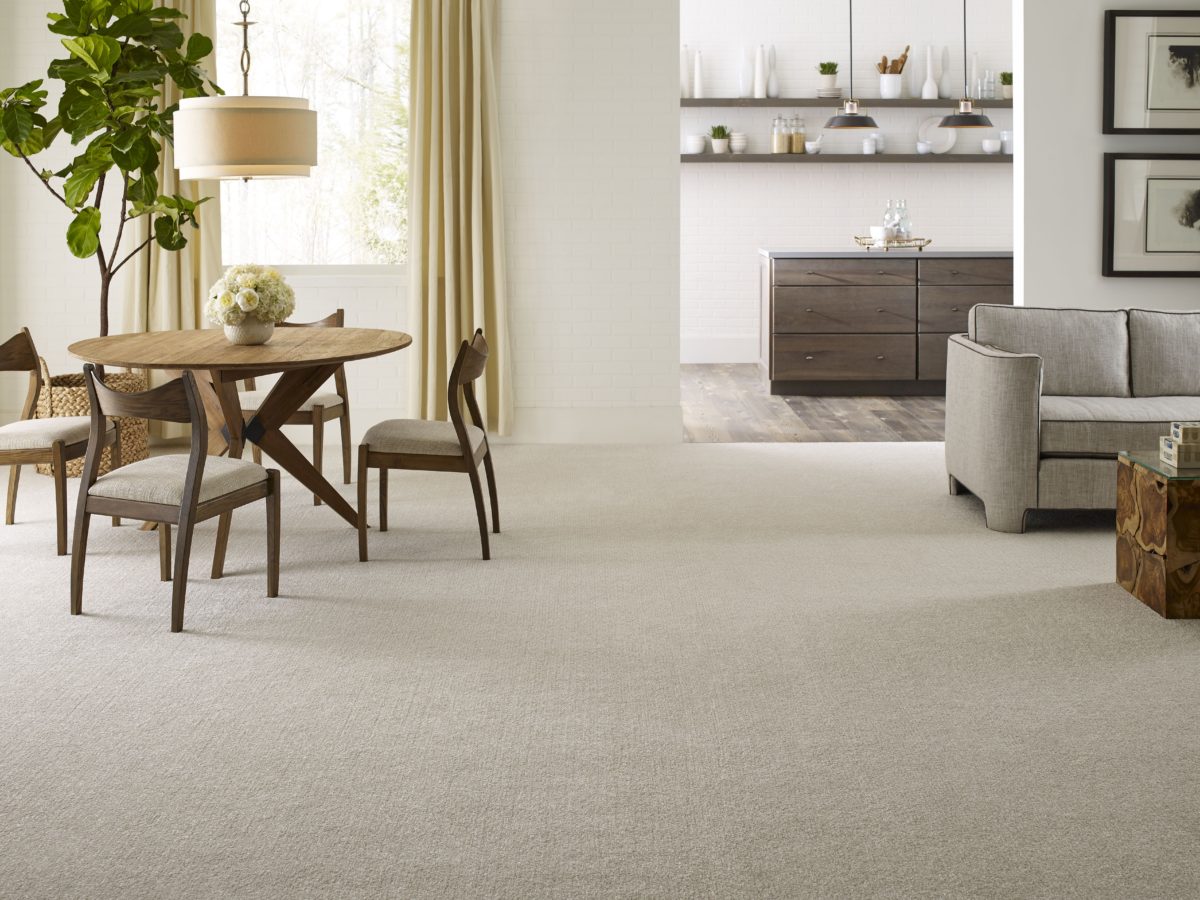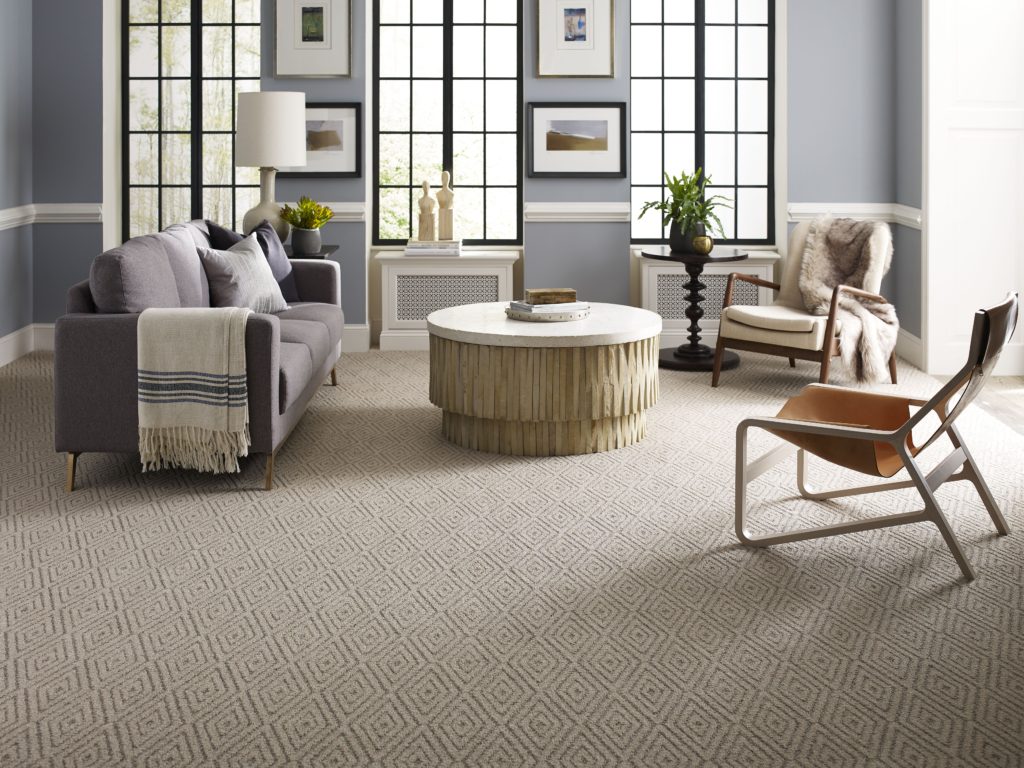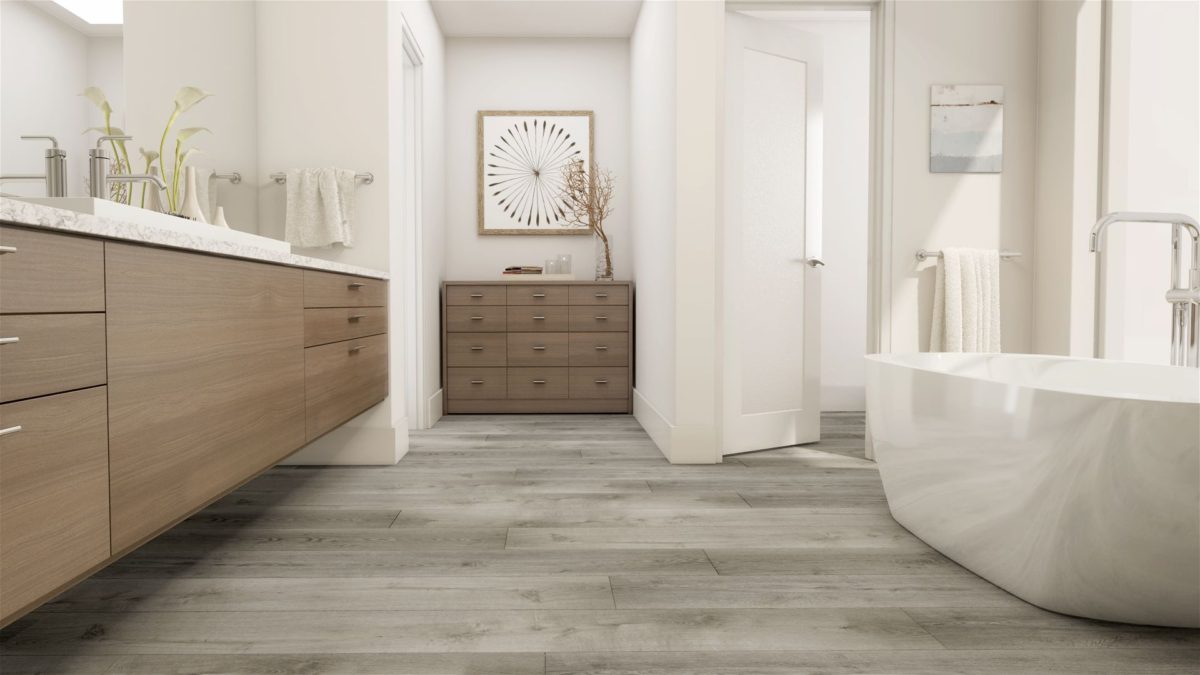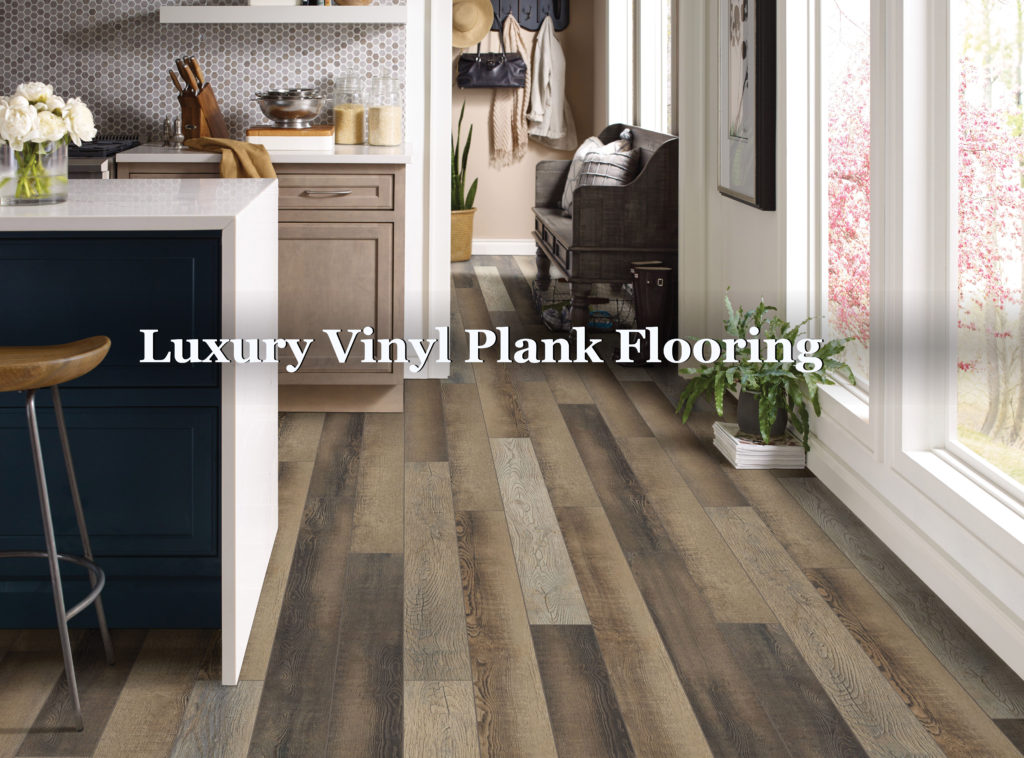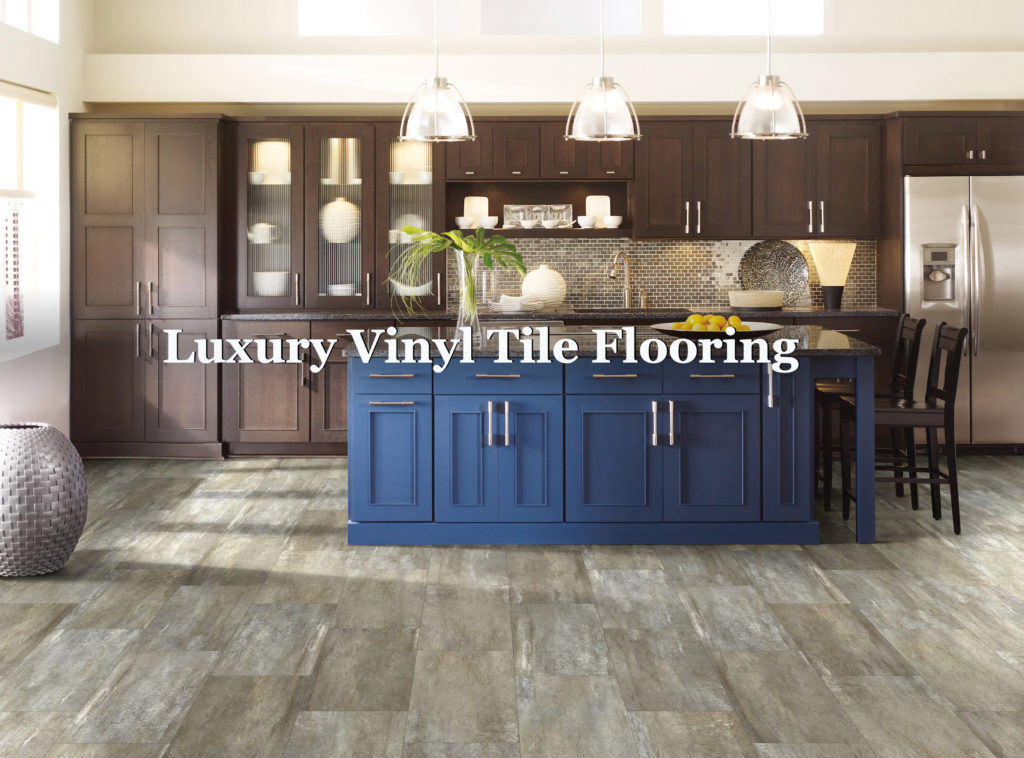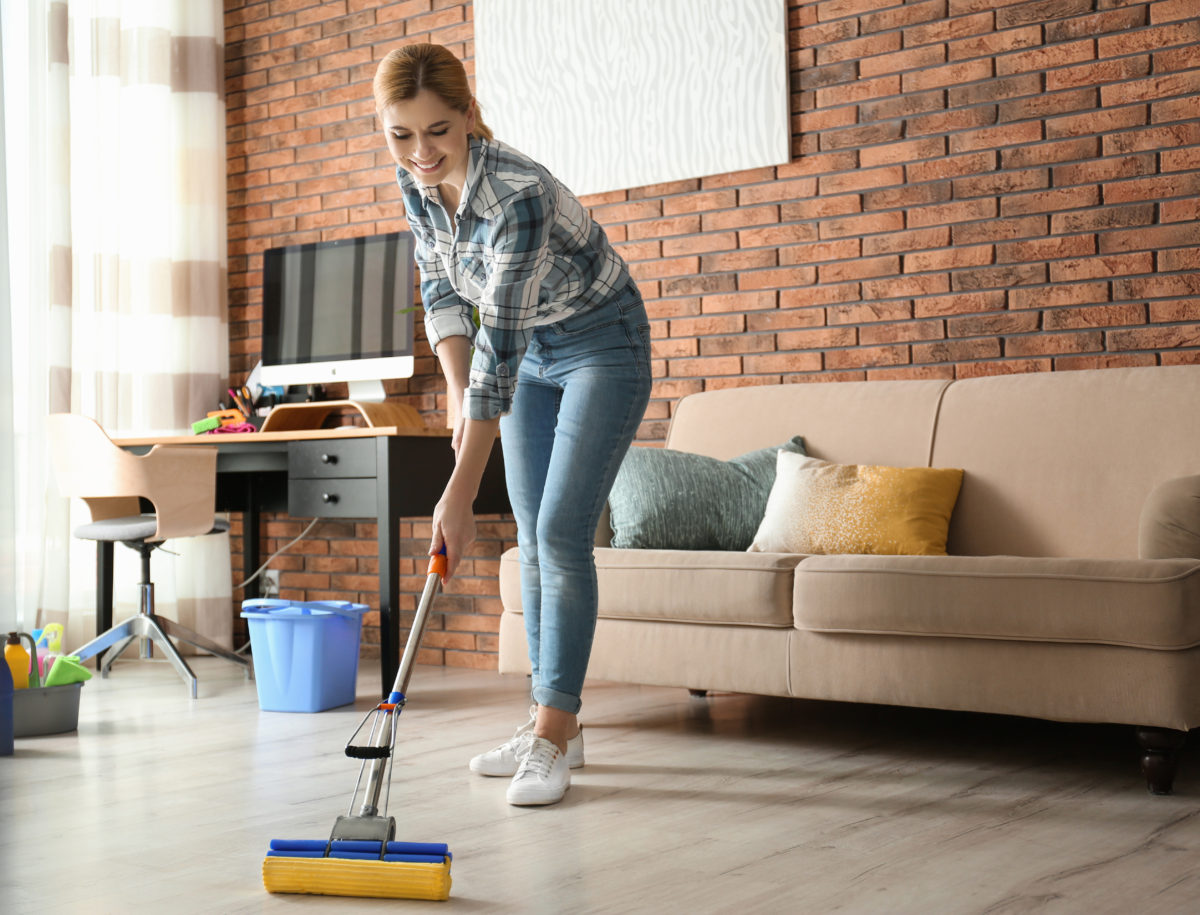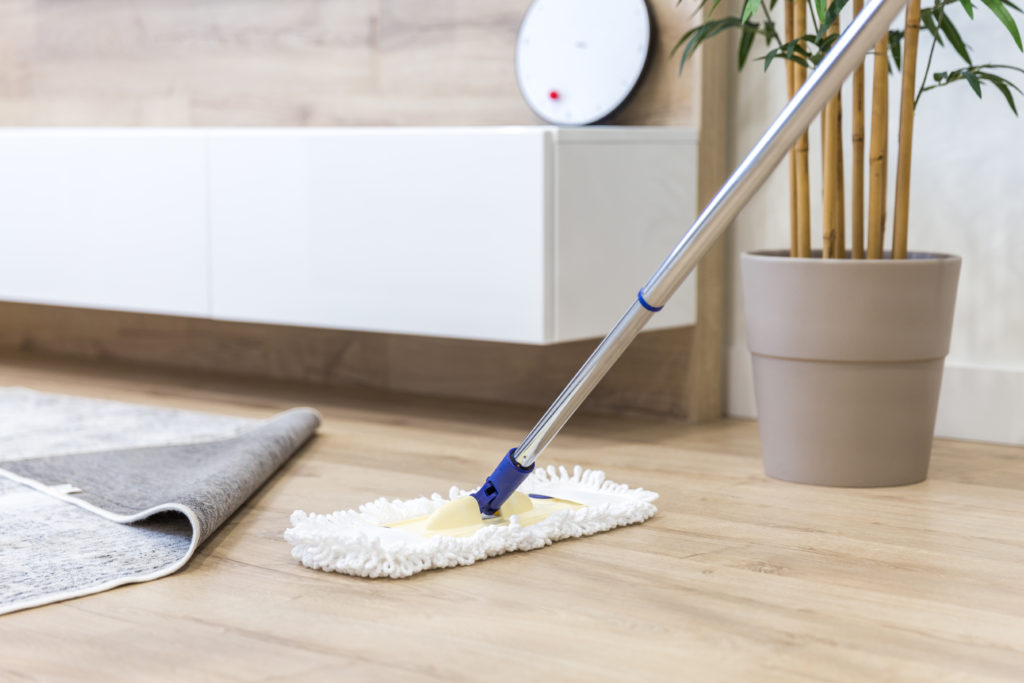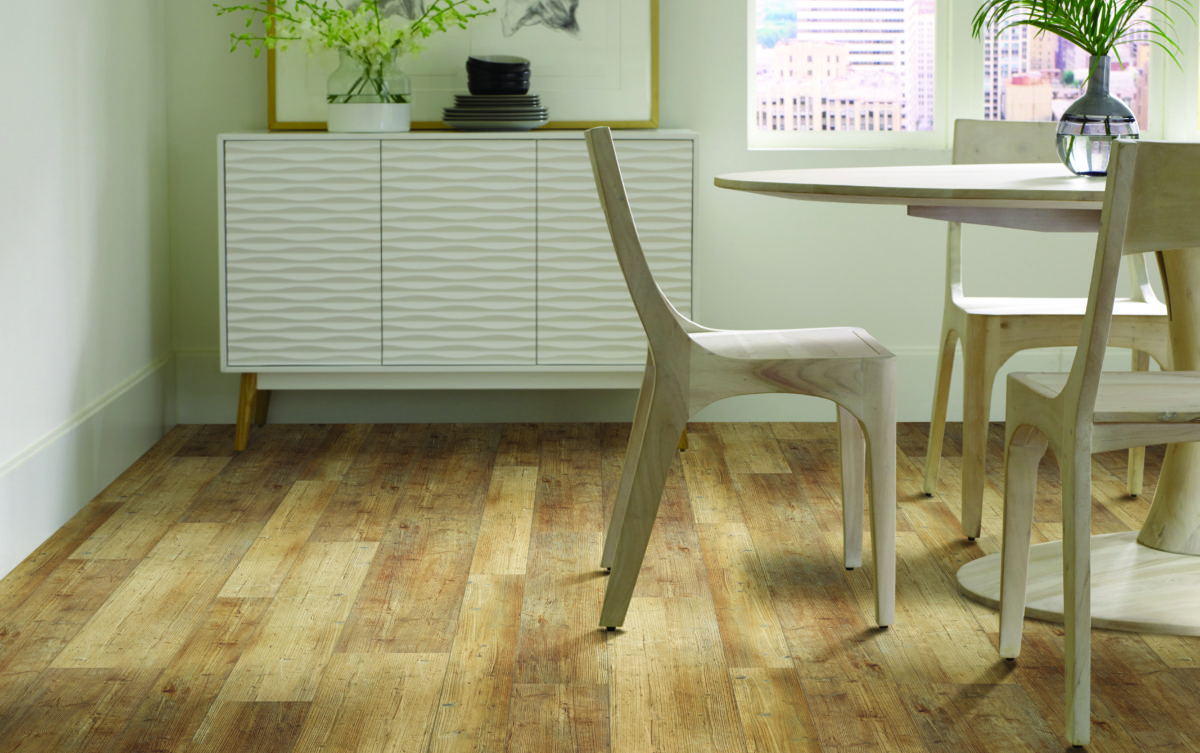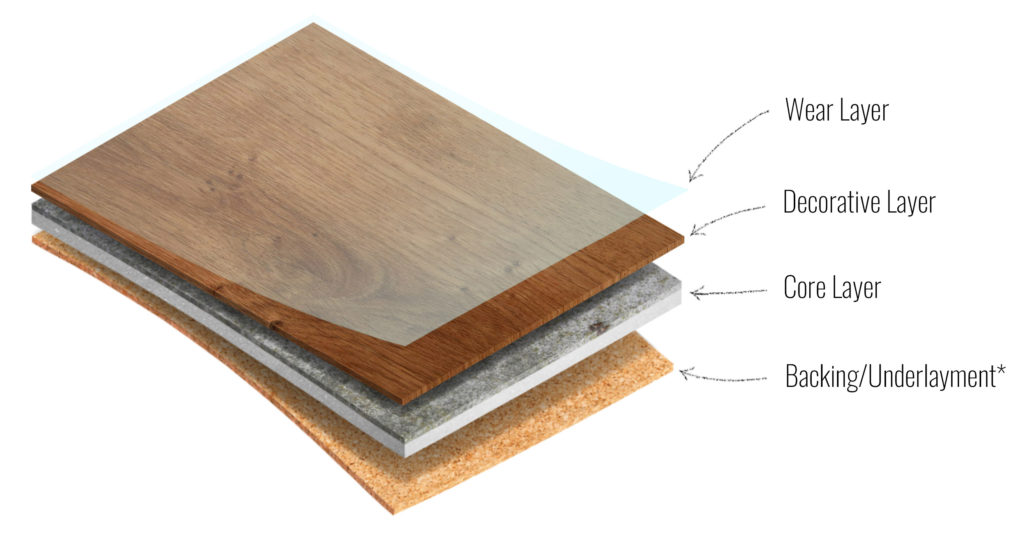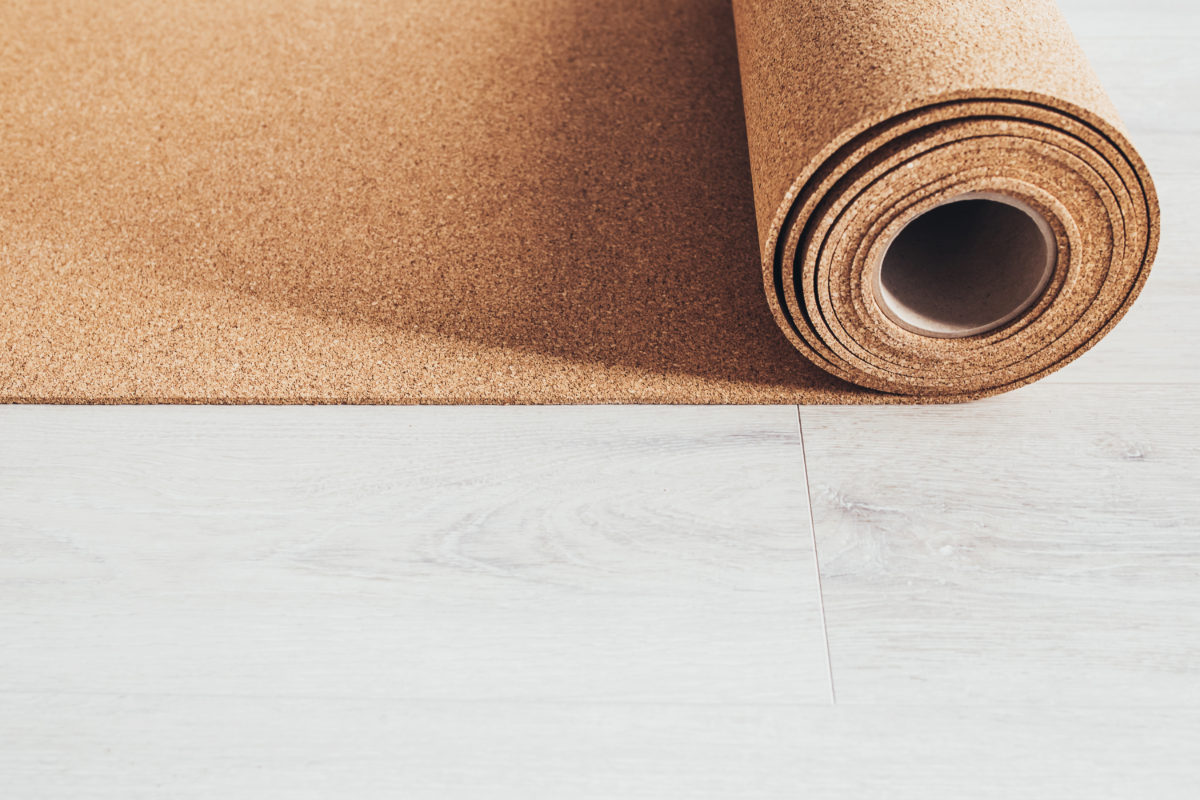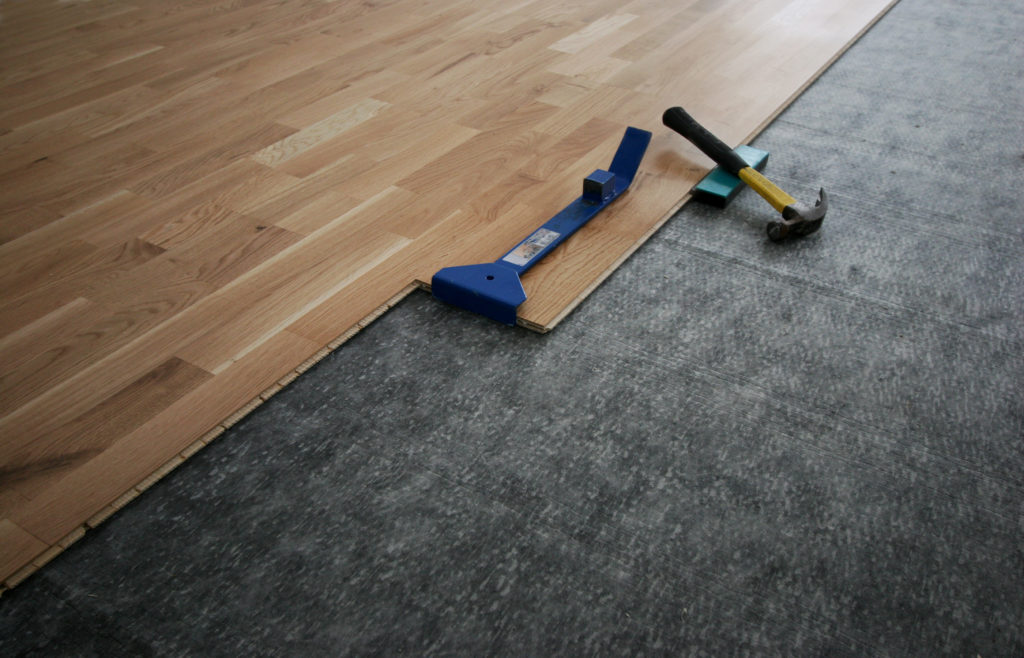The number one flooring choice in the United States is carpet. Carpet is one of the most affordable options on the market and is also the easiest to install and remove. With an endless array of colors, styles and textures, it is a great choice for any home or business. When choosing carpet, it is important to consider design, price, comfort, sustainability, and whether or not it is ideal for the location of installation. Taking a look at the pros and cons of carpet will help you decide if carpet flooring is right for you.
THE PROS OF CARPET:
Affordability
Carpet is the least expensive flooring option. While all products have a range of quality and price points, in general, carpet costs much less than hard surfaces.
Decor
An endless variety of colors, styles, textures, and patterns mean you can easily integrate carpet into any decor.
Comfort
Softer and cozier than other types of flooring, carpet feels good against your skin and is more comfortable to walk and stand on. A soft surface underfoot reduces fatigue. Carpet softens falls, making it a good choice for homes with young children.
Warmth
An excellent insulator, carpet reduces heat loss creating a warmer environment and helping you to reduce your electric or gas bill. The thermal resistance of carpet means it will retain warmth during cold winters.
Noise Reduction
TVs, home surround sound systems, computers, and speaker phones have made our homes noisier than ever. Many people live in apartments or in neighborhoods with neighbors a few feet away. Carpet works as an effective sound barrier, creating a more relaxing environment.
Air Quality
Carpet acts as a passive air filter, trapping dust, and allergens, removing them from the air you breathe. New carpet is the lowest emitter of volatile organic compounds among available flooring choices. Properly cleaned and maintained carpet helps to reduce symptoms of allergies and asthma. Daily vacuuming and yearly carpet shampooing effectively remove dust and allergens from the carpet.
THE CONS OF CARPET:
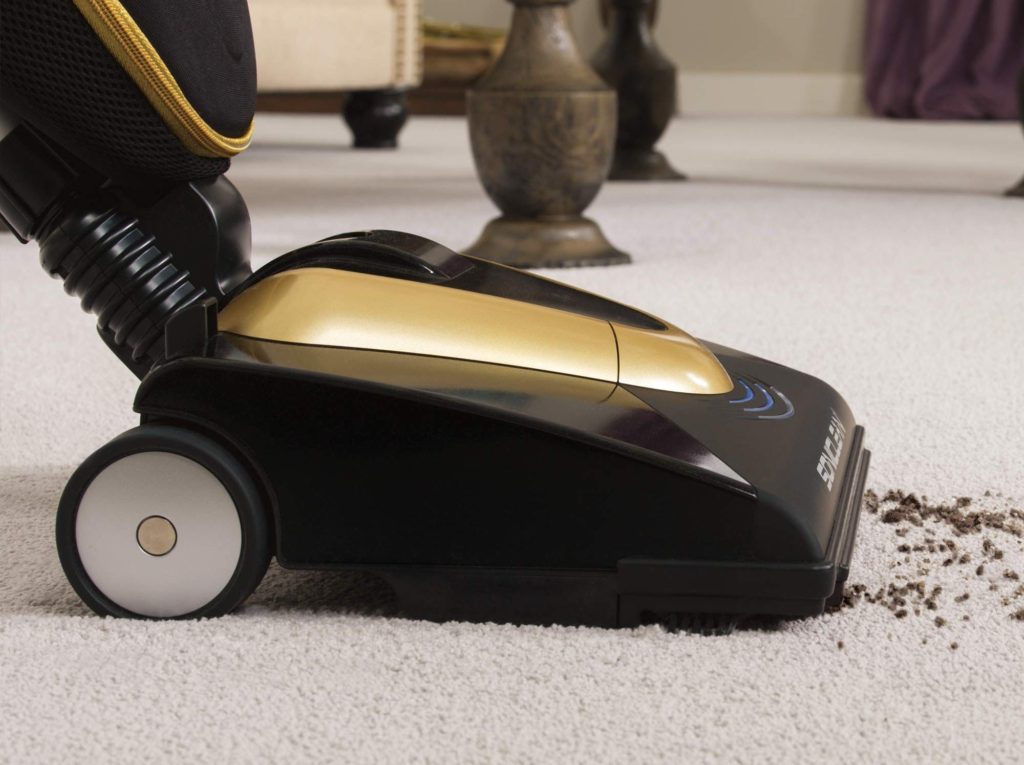
Maintenance
The biggest con of carpet is that it requires more intensive cleaning than other types of flooring. Carpeting attracts dirt and traps stains. However, weekly cleaning with a CRI-approved vacuum effectively removes dust and allergens. Depending on the level of traffic your carpet experiences, annual or semi-annual carpet shampooing is required. Failure to properly clean the carpet will greatly reduce the durability and longevity of the product.
Lifespan
The lifespan of carpet hinges on a number of variables. Is the carpet being properly maintained? How much traffic does the carpet see? Do you have children or pets? The range of quality in carpet also makes a difference. No matter what, you can expect to replace carpet before you would need to replace a hard surface flooring in your home, rental, or business.
Installation Location
Whereas vinyl flooring can be installed nearly anywhere, installation location must be considered when installing carpet. Areas with high moisture or areas that could be exposed to water are not suitable for carpeting.
Value
New carpeting will not add much to home value, though it will absolutely make the home show better. If you are looking to increase property value, consider hardwood.
CONCLUSION:
Is carpet flooring right for you? Considering the pros and cons of carpet before making a purchase can eliminate potential future headaches. While hard surface flooring is rising in popularity, carpet is still a mainstay as the pros continue to outweigh the cons.

